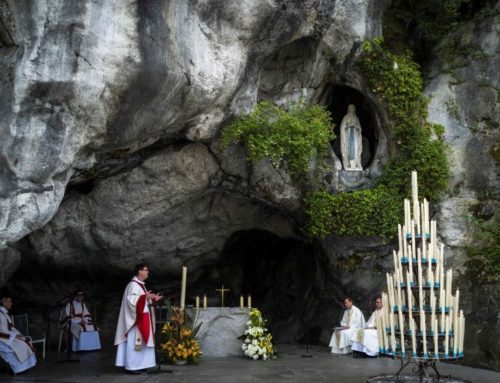
PILGRIMAGE OF THE CROATIAN CATHOLIC MEDICAL SOCIETY TO POLAND, APRIL 3, 2024
Members of the Croatian Catholic Medical Association set off on a pilgrimage to Poland today. The day before the pilgrimage on April 2, we united in prayer for the intercession of St. John Paul II. on the 19th anniversary of his holy death in the Vatican
St. Pope John Paul II. for the Croatian people, he was a voice of joy, a stronghold of peace and happiness. The words of the Pope in the first year of his pontificate will forever be written in our hearts: “My dear Croats, the Pope loves you, the Pope embraces and welcomes you, the Pope blesses you.” Therefore, the central part of our pilgrimage is Krakow – the city where St. John Paul II. spent most of his life, where he studied, was ordained a priest, was a chaplain, then a parish priest, and in 1958 he was ordained a bishop of Krakow, and five years later he was appointed an archbishop. He was given the cardinal’s hat in 1967 as the youngest member of the Cardinal’s choir, and he wore it until October 16, 1978, when the conclave of cardinals elected Karol Wojtyla as pope.
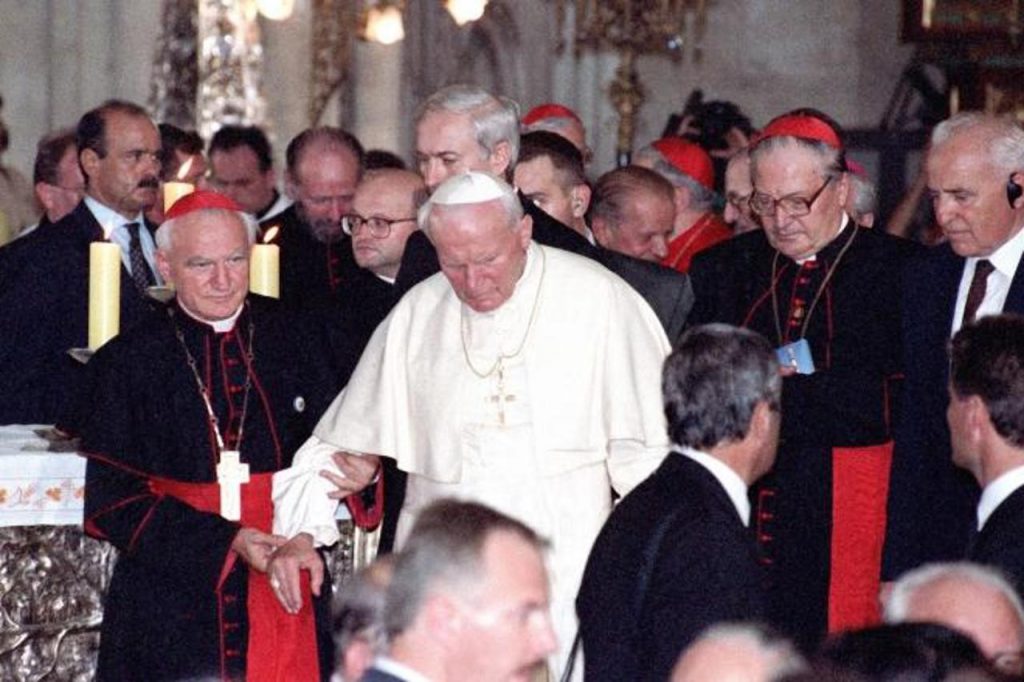
St. John Paul II. during his first visit to Croatia
On the first day of the pilgrimage, after arriving in Warsaw, the pilgrims celebrated their first mass in the Pauline Monastery of Our Lady of Jasna Gora – Mother of Life, where Pauline father Stjepan welcomed us . The mass was led by HKLD clergyman prof. Ivan Bodrožić, Ph.D. , and the liturgical singing was led on the organ by the president of the HKLD Branch “Mons. Marcel Krebel” in Pula, Dr. Andrej Angelini . Our Lady of Jasna Gora, Our Lady of Częstochowska, is an icon depicting Jesus and Mary, and according to tradition, she was painted by St. Luke himself (patron of HKLD!) on the board of the table which, according to tradition, was made by Jesus. During the iconoclastic movement, legend says, it was hidden in the forests of Poland and later brought to Częstochowa, where today is the main Marian shrine of the Polish people. The fate of Poland itself is connected with this shrine. During II. during the World War, people went there on secret pilgrimages to gather spiritual strength in the fight against the Nazis, and even more so when Poland fell under the influence of the Soviet Union. Arrival at the shrine of the Polish Pope Ivan Paul II. it played a major role in the overthrow of communism in Poland and the subsequent defeat of communism throughout Eastern Europe and the Soviet Union.
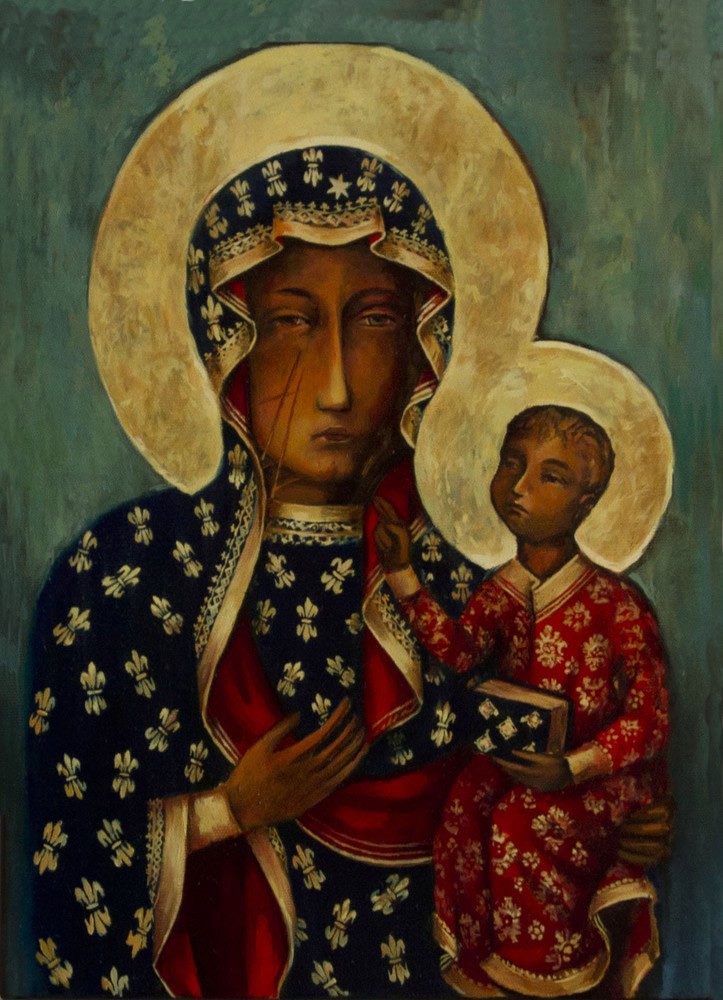
Mrs. Częstochowska
Mrs. Częstochowska
The Pavlini (Order of St. Paul the First Hermit) are a hermit order that was created in the XIII century. century in Hungary and Croatia, by gathering scattered hermits into a religious community. The order soon spread throughout Central Europe, but Emperor Josip II. abolished in 1786 on the territory of Austria-Hungary, and also in Croatia. The order survived in two monasteries in today’s Poland. From there, the restoration of the Order began. St. Paul the First Hermit is, among other things, the protector of small children, so, following the signs of the times, the Paulines today, through prayer and sacrifice, especially lead the fight for the life of the unborn. HKLD members have been associated with the Paulines for years, and the last time they met with them was during a visit to the Pauline Monastery of St. Peter and Paul in the small Istrian town of Sveti Petar u Šuma, on the feast of Our Lady of Guadalupe – the patron saint of unborn children. Namely, in that monastery there is a chapel dedicated to the unborn child, where the members of the Istrian branch of the HKLD have been making pilgrimages for years to worship and pray for the unborn, and in December 2023 they were joined by members of the HKLD from other branches.
During their short stay in Warsaw, HKLD members visited the Cathedral of St. John the Baptist , one of the three cathedral churches in Warsaw, located within the historical center of Warsaw. The construction of the cathedral began in the 14th century and served as the place of coronation and burial of the dukes of Mazovia. The last Polish king who took the oath before the altar of this cathedral on May 3, 1791 was Stanislav August Poniatowski, after whose abdication in 1795 Poland de facto ceased to exist because its territory was divided among foreign powers (the Russian Empire, the Habsburg Monarchy and the Kingdom of Prussia). Many Polish greats are buried in the cathedral, such as pianist Ignacy Jan Paderewski, writer Henryk Sienkiewicz, Cardinal Stefan Wyszyński and many others.
The main reason for this pilgrimage is the Feast of Divine Mercy , which is celebrated on the first Sunday after Easter. Divine Mercy Sunday as a general holiday of the Church was established by St. John Paul II. to remind that Christ always forgives those who repent of their sins. This devotion brings together millions of Catholics who express their love through novenas, the Rosary of Divine Mercy and processions. The main message of this holiday is that God is merciful: “The greater the sinner, the greater the right to my mercy ,” Saint Faustina wrote in her diary after listening to Christ himself.

Image of Merciful Jesus
The image of Merciful Jesus, i.e. God’s mercy, published in the vision that St. Faustina was born on February 22, 1931 in a cell of the monastery in Płock.
And who was Faustina’s sister ? Born as Helena Kowalska in 1905 in the village of Glogowiec, near Lodz (Poland), she joined the Congregation of Our Lady of Mercy in 1925 as Sister Maria Faustina of the Blessed Sacrament. During her stay in the monastery in Plock in 1931, she had her first vision of the Merciful Jesus, who during that mystical encounter gave her the task of painting his picture. In the next few years, her mystical encounters with Jesus continued, and during these encounters Jesus conveyed to her a series of messages about the meaning of his divine mercy and tasked her to spread his piety throughout the world. Sister Faustina died in the monastery in Krakow on October 5, 1938 at the age of 33, and on April 8, 1993, the first Sunday after Easter, Pope John Paul II. he declared her blessed. After only seven years, the same Pope John Paul II. on the first Sunday after Easter, April 30, 2000, he declared her holy and during the ceremony he emphasized: ” It is important that we fully accept the message that God’s word conveys to us on this second Easter Sunday, and from now on in the entire Church. It will be marked as ‘Divine Mercy Sunday’.”
At the end of the first day of the pilgrimage, the pilgrims arrived in Częstochowa, where they will spend the night in the immediate vicinity of the Shrine of the Black Lady, which they will visit on the second day of the pilgrimage.
Rok Civljak













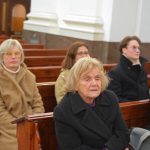







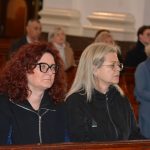

















Check out the second part of the gagery!



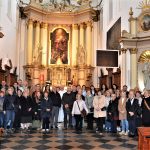























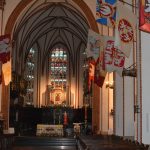




















You can view MORE photos and videos on the Akademija art portal HERE!






